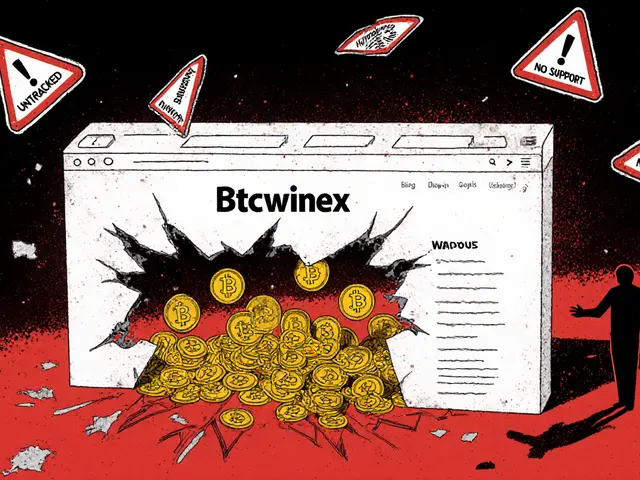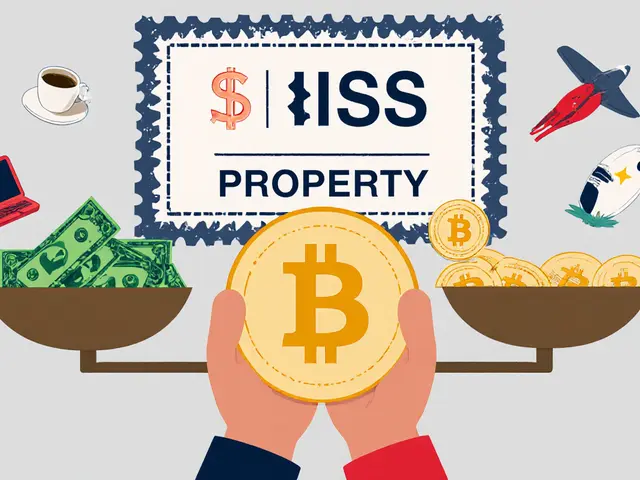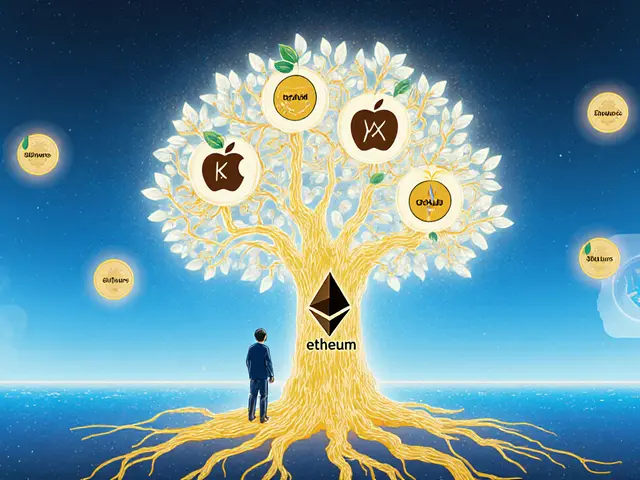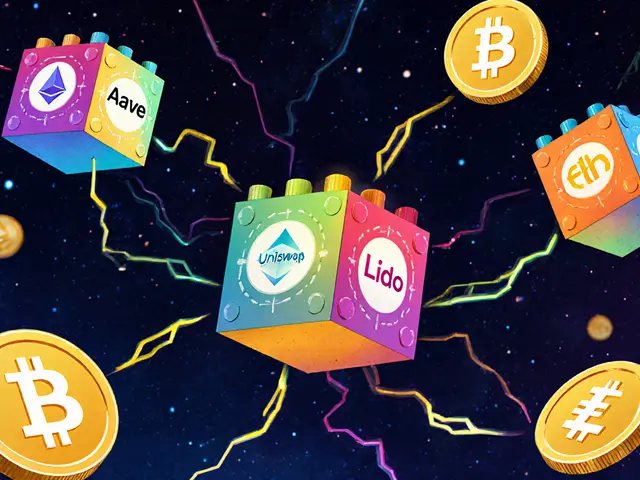Ethereum Sidechains: What They Are and Why They Matter
When you hear Ethereum sidechains, independent blockchains built to work alongside Ethereum to handle transactions faster and cheaper. Also known as Layer 2 networks, they let you send tokens, swap DeFi assets, or mint NFTs without paying $50 in gas fees or waiting minutes for confirmation. Ethereum’s main chain is secure but slow and expensive. Sidechains fix that by moving most of the work off the main network—like adding express lanes to a crowded highway.
Not all sidechains are the same. Polygon, a popular Ethereum sidechain that uses its own proof-of-stake chain to process transactions at a fraction of the cost is often used for NFTs and gaming apps. Arbitrum, a rollup-based sidechain that bundles hundreds of transactions into one Ethereum proof, making it one of the most secure and widely adopted options powers big DeFi protocols like Uniswap. Then there’s Optimism, another rollup that focuses on developer-friendly tools and is used by exchanges and lending platforms. These aren’t just alternatives—they’re the reason DeFi still works for everyday users.
Sidechains don’t replace Ethereum. They depend on it. All the big ones anchor their data back to Ethereum’s main chain, so even if the sidechain has a glitch, your money stays safe. That’s why you see so many airdrops and token launches on these networks—they’re where the action is. If you’ve seen people claiming SPH, TROVE, or SLD tokens, chances are they came from a sidechain project. Most of the DeFi swap platforms reviewed here—like those using Uniswap or PancakeSwap—are running on these faster chains, not Ethereum’s mainnet.
You don’t need to be a coder to use them. Just connect your wallet, switch networks in MetaMask, and you’re in. But watch out: some fake airdrops pretend to be on sidechains to steal your keys. Always check official links. The posts below cover real projects on these chains—from how to claim tokens safely to why some platforms vanish overnight. Whether you’re swapping JUP on Solana-linked bridges or trading FOUR on Ethereum-compatible chains, understanding sidechains helps you avoid scams and find real value.
Future of Sidechain Technology: What Comes After the Scaling Hype?
Sidechain technology is reshaping blockchain scalability by enabling fast, low-cost transactions without altering mainnets. Learn how Polygon, Bitcoin's Liquid Network, and hybrid models are defining the future of blockchain infrastructure.





